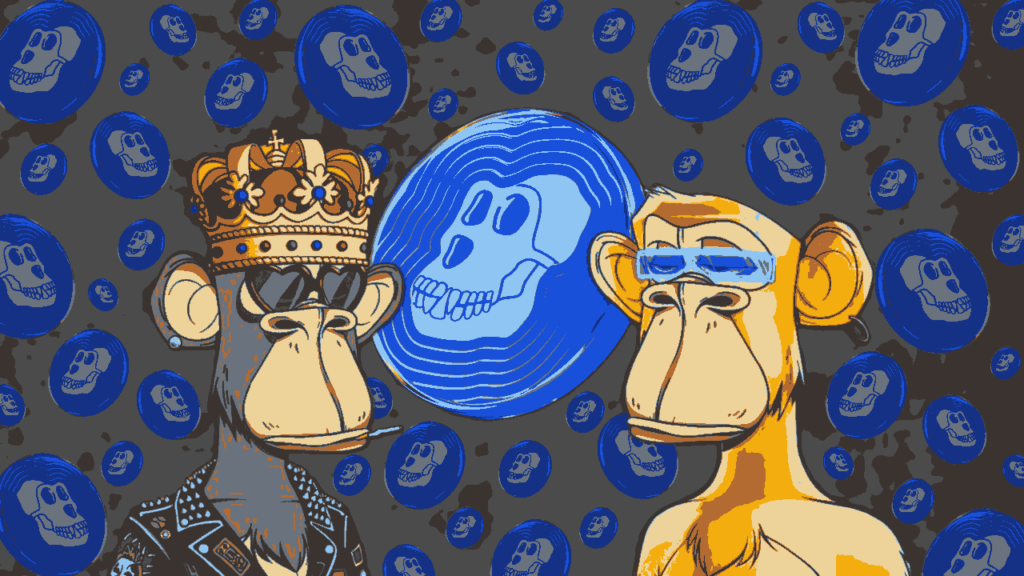ApeCoin (APE), the native token for the Bored Apes NFT project, is the best performing cryptocurrency in the past week. A bulk of its gains are driven by speculation over an update to the upcoming Bored Apes metaverse.
The token jumped 40% in the past seven days, briefly hitting a record high of $17.26. It was last trading at $16.53. By comparison, top cryptos Bitcoin and Ethereum were down over 2% in the past seven days, while total crypto market capitalization dropped $40 billion.
While Bored Apes creator Yuga Labs is yet to launch its planned metaverse, APE is already the biggest metaverse token, at a $4.7 billion market capitalization.
Metaverse speculation drives APE gains
Speculation over an announcement on Yuga Labs’ upcoming metaverse, Otherside, was the key driver behind APE’s gains. Twitter users had speculated that Yuga would reveal more details on April 20, or on April 23- the one-year anniversary of the Bored Ape Yacht Club.
Some details of the metaverse also appear to have already leaked. Twitter user @renegademasterr, who claims to be a Bored Ape holder, said the project will begin selling land in a Dutch auction soon.
Sales of the land will be priced in APE, at a lower end of 100 tokens ($1653). 55,000 total plots will be available for public mint.
Given that Otherside land sales will happen through APE, traders could be accumulating the token in anticipation of the sale.
ApeCoin staking under flak
Recently, crypto commentator @cobie, who hosts a popular podcast, criticized ApeCoin’s proposals for staking rewards.
Cobie said in a blog post that the token represented a growing dilution of what staking means. Instead of users locking in their tokens to validate blocks and build a network, the act has now been reduced to incentives to stop people from selling tokens.
APE in particular has proposed giving away 37% of its remaining equity to users over the next three years, for simply holding the token.
Cobie suggested the ApeCoin organization should instead spend the equity on benefitting its overall user experience.

